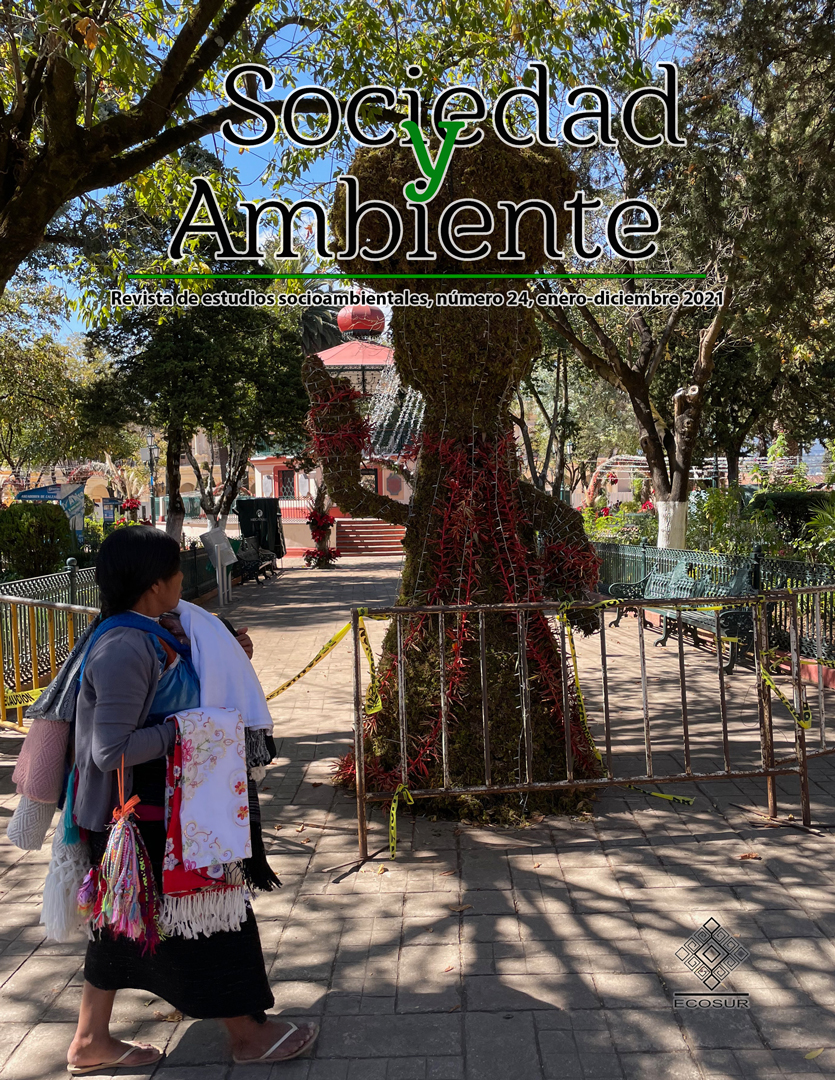Abstract
The objective of this study was to analyze the biocultural wealth of the Yokoyinik'ob of the ejido José G. Asmitia, Tabasco, in naming, ordering, using, and marketing different elements of the landscape of their territory, as well as registering, from their own voices, the effects of the modernizing process on its biocultural heritage. Orthophotomaps, field trips, and interviews were used to recognize local landscape planning. The registration of the use, names and destination of the useful flora was through interviews and botanical collection. Seven landscapes units were identified: Burrukal, Playería, Lometa, Baj', Ti riu, Iskirka'b and Kap tɨ kalej as well as 214 useful plants, belonging to 70 botanical families. Leguminosae and Poaceae represented 21.4 %. The medicinal use (31.7 %), living-shadow fence (30.8 %) and edible (21.9 %) stood out. 86 % of useful plants are used for self-supply and 47 % have a Yokot'an designation. The Kap tɨ kalej or solar unit stood out for its intensive plant management, similar to other Mayan groups. The modification of water fluctuations, livestock expansion, the greater use of agrochemicals and urban living patterns are the main impacts of the modernizing process against the biocultural wealth present in the territory of this ethnic group.

Sociedad y Ambiente by ECOSUR is licensed under a Creative Commons Reconocimiento-NoComercial-SinObraDerivada 2.5 México License


